

The most important part of any VR headset that utilises inside-out tracking is the cameras and sensors. Although they form a large part of the overall cost of the headset, they’re vital components to ensure accurate controller tracking.
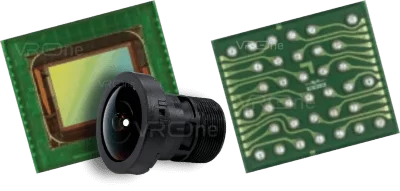 For years now, nearly every VR headset I know of that uses inside-out camera tracking has issues, specifically when it comes to tracking the controllers. It’s probably one of the biggest feats faced by engineers when it comes to manufacturing this type of headset.
For years now, nearly every VR headset I know of that uses inside-out camera tracking has issues, specifically when it comes to tracking the controllers. It’s probably one of the biggest feats faced by engineers when it comes to manufacturing this type of headset.
The expertise and technology required in order to fully track VR controllers is a major engineering challenge. It’s a very time consuming and stressful process. There are so many variables to consider - it’s not just a case of choosing the right type of cameras and global shutter image sensors, but equally as important is the position of the camera placement on the headset, and the technology and the sensors used within the controllers. So, just to set the record straight, inside-out camera tracking will never be 100% perfect, simply because of the limitations governed by the field of view (range) of the headset cameras, as well as the orientation and position of the controller sensors, not to mention the software used to drive the damn thing.
Firstly it’s important to point out that with the larger overall area the headset cameras can span, the greater chance the headset has of detecting the controllers. The cameras on the DecaGear 1 VR headset span a range of up to 225° for maximum coverage and in order to better track the controllers from almost anywhere within body range and with excellent precision.
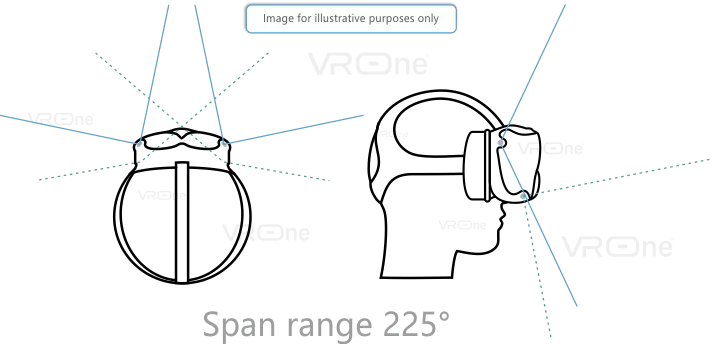
The DecaGear controllers are about the same size as the typical Oculus controller. Each controller is powered by a single fixed battery and is charged via USB type C connection. Now we’re not sure at this point how long the batteries will last, but if I had to make an educated guess, I would say 10 - 15 hours, similar to that of the Oculus Quest.
You have the typical X and Y buttons on the left controller and B and A buttons on the right. There's a menu button for turning the controllers on and off as well as accessing your SteamVR home, and a joypad for moving around, and let’s not forget the trigger button for blowing your adversaries to kingdom come!
Although small, you’ll be surprised how many features have been crammed into these controllers. They have built-in haptics and vibrate, just like many of the VR controllers we’re all becoming accustomed to. They have a knuckle-strap to keep your hands securely in place, so you don’t have to physically hold onto them, and there’s full finger tracking - meaning your hands act like real hands whilst in the virtual world, allowing you to provide a wide range of gestures and expressions.
Probably one of the best features of the DecaGear controllers is the special grab sensors. These give you the ability to interact with your virtual environment, objects, and people - just like you do in the real world. Squeeze the grip to pick up an object and let go to drop it, simple!.
Both the finger tracking and grip function is said to be very similar to the Valve Index controllers (knuckles). Considering the Index controllers cost approximately $260 and the entire DecaGear VR system costs $449, it’s a bargain!
Everything sounds amazing in principle, but until we get the chance to try them out, we’re not sure how well they are going to perform. Then again, considering the entire package costs $449, who cares.
Do you have any comments or questions regarding the DecaGear VR contollers? If you do, please leave a comment in the section below.
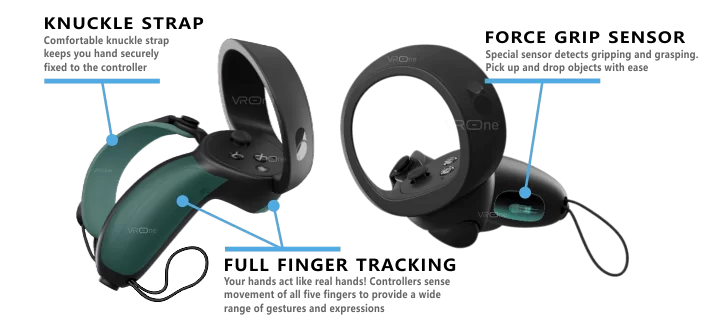
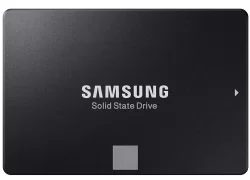

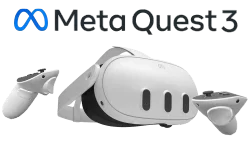

DecaGear Controllers